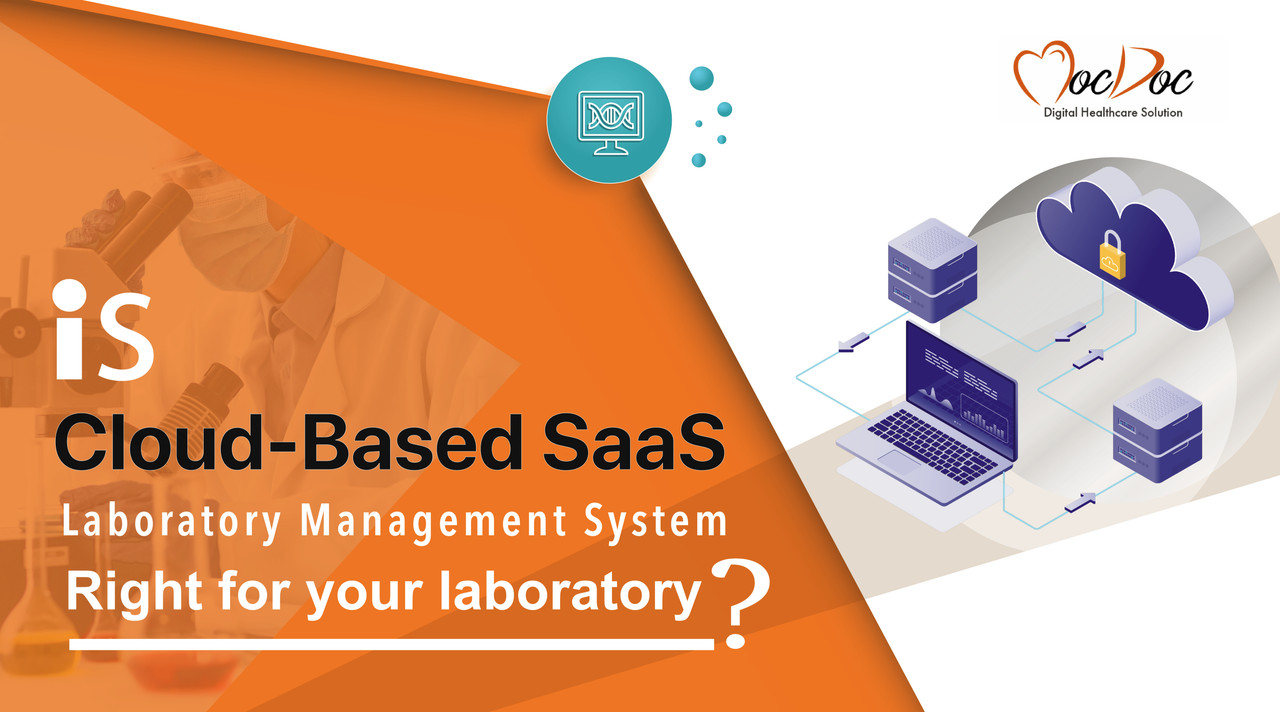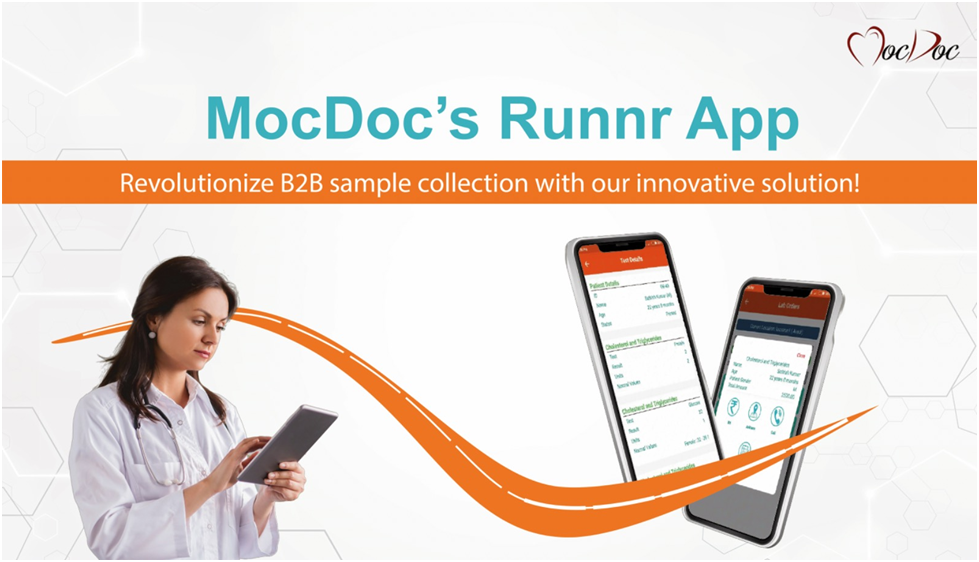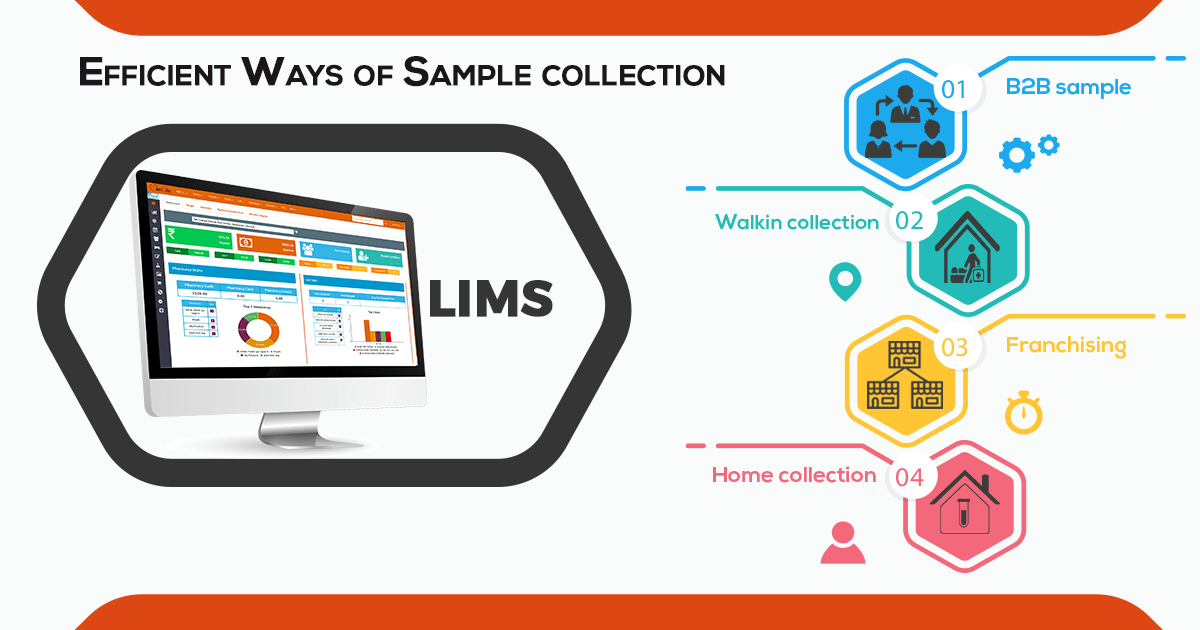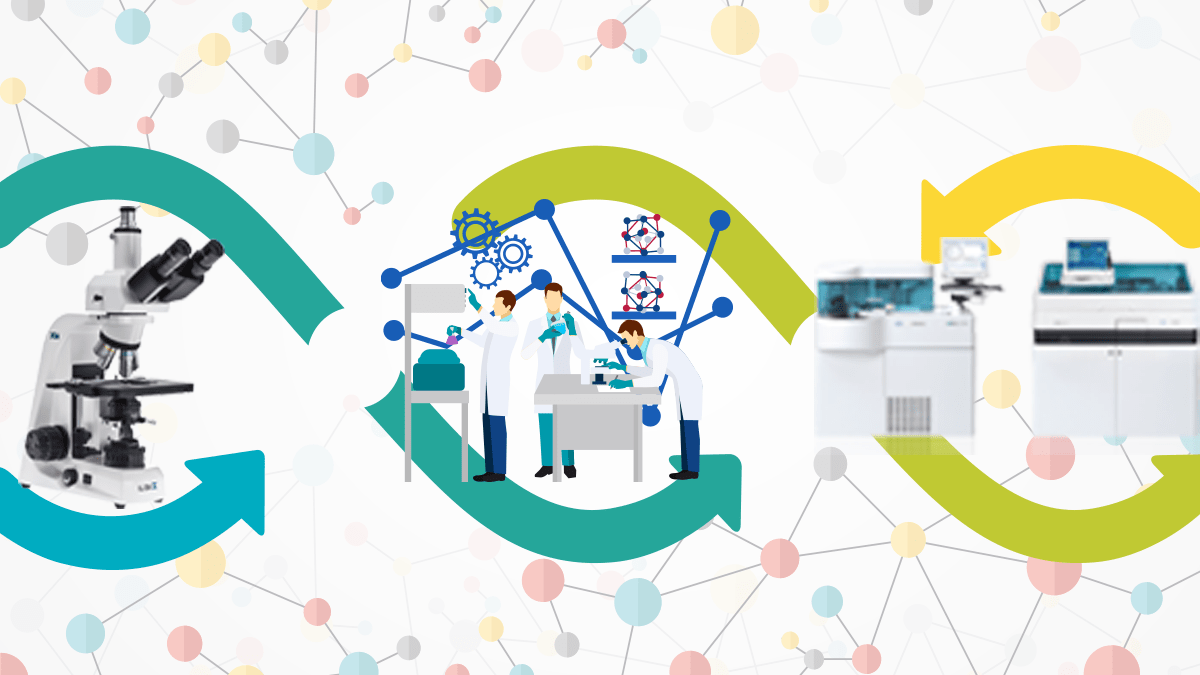MocDoc's Offerings
Why only online-based LIMS will Survive in the Future?
Published By
Sanjana
2019090916:36:10
Category LIMS
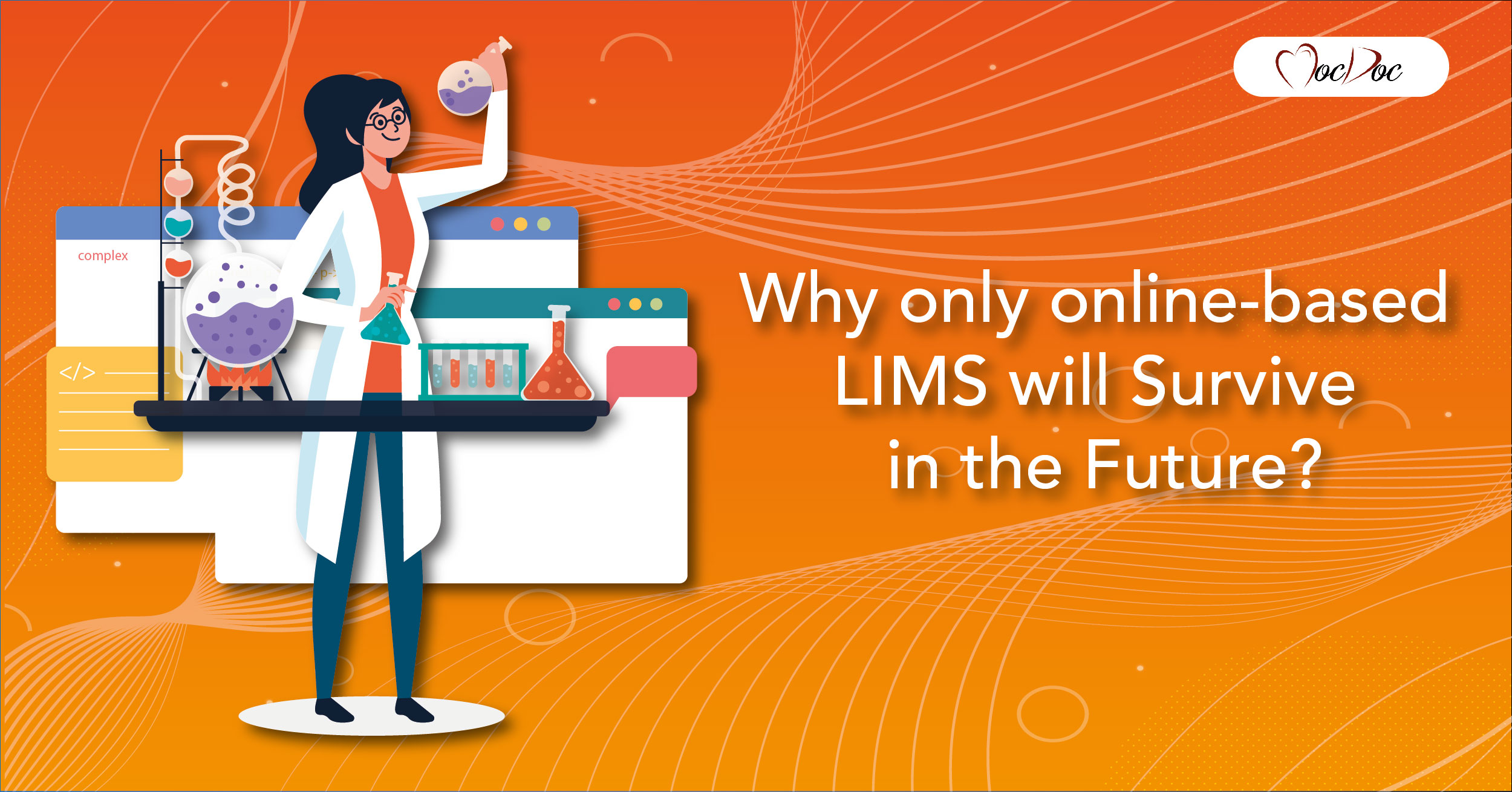
Every modern industry laboratories are under intense pressure to enhance operational efficiency and to decrease costs, while at the same time controlling regulatory compliance and improves quality.
LIMS (Laboratory Information Management System) is adopted across various verticals to meet the challenges. The on-premises system fails most of the time to offer the flexibility which is required to stay competitive in today's economic environment; therefore, an on-premise system is not agile, connected, or responsive.
Advantages of the cloud-based LIMS:
Integration, upgrades & implementation of the on-premise system indicate that the in-house IT workers have less time to work on improved innovation systems & this can also be a time-consuming process. There are plenty of advantages for your organization in case you move to a SaaS LIMS.
Rapid LIMS implementation:
You need not invest your time to set up servers or install the software. Most of the works are done already if you are using the SaaS LIMS. Apart from that, your lab can run on the unique LIMS quickly and also help your lab to be up.
Scalability:
Online-based LIMS are best for enterprises with inconsistent user requirements. With SaaS, it's simple to balance your works either up or down, based on what is happening on your business, and it's enough to spend money on what you make use. New features, services, and a user can be added anywhere by just with the click of the button. The skill that SaaS offers can provide organizations using cloud computing a straight edge over the competitors.
Accessibility and Collaboration:
Online based LIMS allows hassle-free, and easy access to your data anytime and anywhere from different locations, multiple branches, and various systems with a secure login ID. This accelerates enhances collaboration within laboratories in organizations globally. Apart from that, the ability to access workflows and data from where you hold an online connection.
Cloud services are providing mobile applications, and there are no restrictions for specific devices to establish the system.
Levels the playing field:
An online-based LIMS System enables every type of small business to possess the ability to provide the organization-level features and functionalities on a pay as you reach the top. This results in, the small business running a LIMS can be more agile and nimble when compared to the large companies which are still making use of the on-premise legacy system.
Decreased costs:
By using the SaaS LIMS, there is no license cost, just a minimal installation fee, and no need for any databanks or in-house servers, no IT maintenance costs for software or hardware. You can only pay as your subscription you need to choose, and you can pay for the functionalities you need. The funds can be used to invest in essential businesses as there is no higher expense based on the Saas LIMS, and this can fuel the creations that are required to keep your company competitive.
Automatic Software Updates:
When you are using SaaS LIMS, the service providers take responsibility for security or software updates and patches to keep the system up-to-date. This indicates you get enough effort and time from your IT department, enabling them to put efforts over other initiatives of the laboratories that add business value.
Disaster Recovery and Backup services:
Any business needs a perfect disaster recovery plan, and the recovery solutions & the cloud-based backup solutions which come along with the SaaS LIMS are offered without the requirements for a more significant investment, making this vital protection of data services enabling every business in the verticals.
Why is cloud-based LIMS the best option for your laboratory?
When a SaaS LIMS provides the prospects for essential advantages, it is not the right option for any laboratory. One harmful functionality of SaaS LIMS is that it is tedious to modify the system based on the company's supported design options. Executing a SaaS LIMS in a more prominent company that already possesses a higher developing on-premise function.
Below are some of the factors that need to be considered when you choose to work with a SaaS LIMS provider.
Security:
You rely on the company to secure your sensitive data when it moves to the cloud and when you work with SaaS LIMS. Most of the providers in the cloud perform an excellent job of offering a secure environment for your information, which are the highest vulnerabilities that are probably related to human nature.
Validation:
The vital responsibility for regulatory compliance always is based on the manufacturers. Few providers lease an online-based LIMS focus on a prevalence system, and this refers to the system of the cloud provider. Apart from this, the providers of SaaS LIMS handle any software patches and upgrades to make sure that you run the most crucial system version.
Integration:
You need to make sure that your SaaS LIMS has the scope to validate the informatics systems and LIMS instruments.
Service level agreement:
It's essential to create an SLA with your vendors that addresses any concerned areas and more. One of the best SLA can make the variations between the rollout of your SaaS time & cost and smooth execution along with the unexpected expenses made down the road.
Hosting options:
Some of the vendors provide a private cloud option that is facilitated within the facility. The opportunity offers different advantages of SaaS LIMS but with controlled and decreased security risks. A cloud can be single-tenant, multi-tenant, private, or public. A single-tenant cloud is simpler to less prone and validated to intrusion or data leakage.
Data integrity and audit trails:
An audit trail is vital to address various concerns of data integrities, both from product quality and regulatory perspectives. You also need to ensure that your LIMS online-based SaaS has a detailed and reliable audit trail for any data, and also make sure it's controlled on two different servers when compared to the data.
Simplifying certain things can add complications to the business processes when you move to the cloud. The decision to distribute SaaS LIMS will be presented by a mix of regulatory, operational, and security concerns that are unique to any laboratory. Working with the best online-based LIMS consultant is an excellent way to make sure that your enterprises require the best value from laboratory information management to new SaaS approaches.
Related Articles
Is Cloud-Based SaaS Laboratory...
In every industry, modern laboratories are under p..... Read more
Revolutionize B2B sample colle...
MocDoc’s Runnr mobile/web application is designe..... Read more
4 Efficient Ways of Sample col...
Investment in health is the best way of investment..... Read more
Why Machine Interfacing in LIM...
As labs are updated and become more modern, better..... Read more
